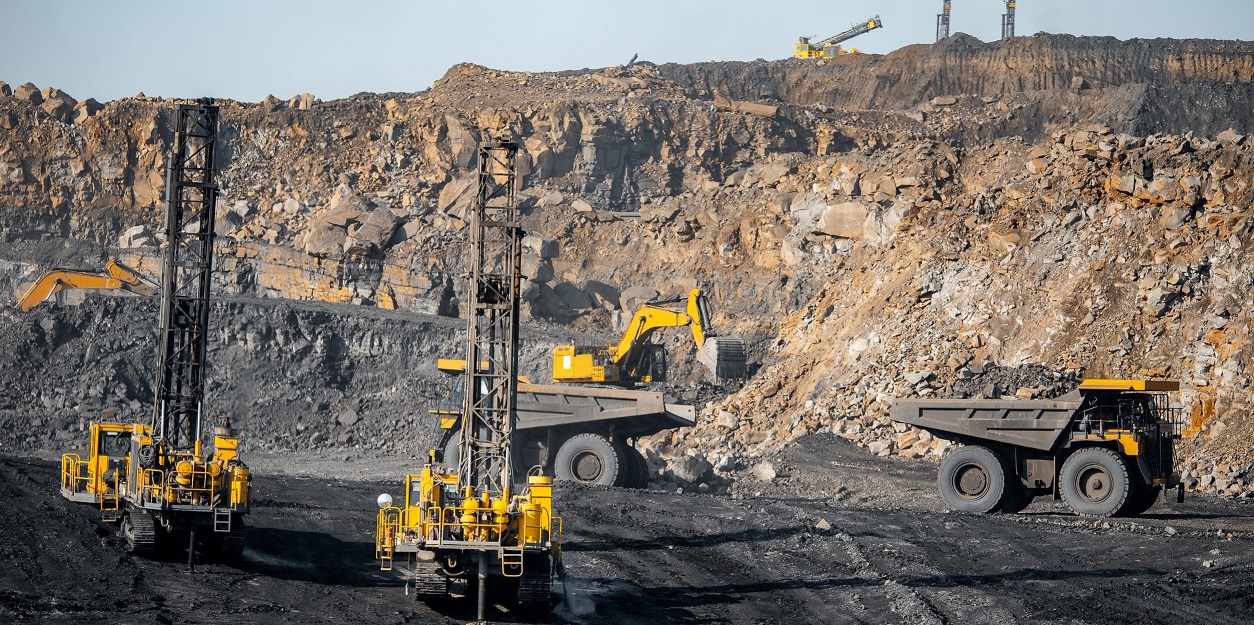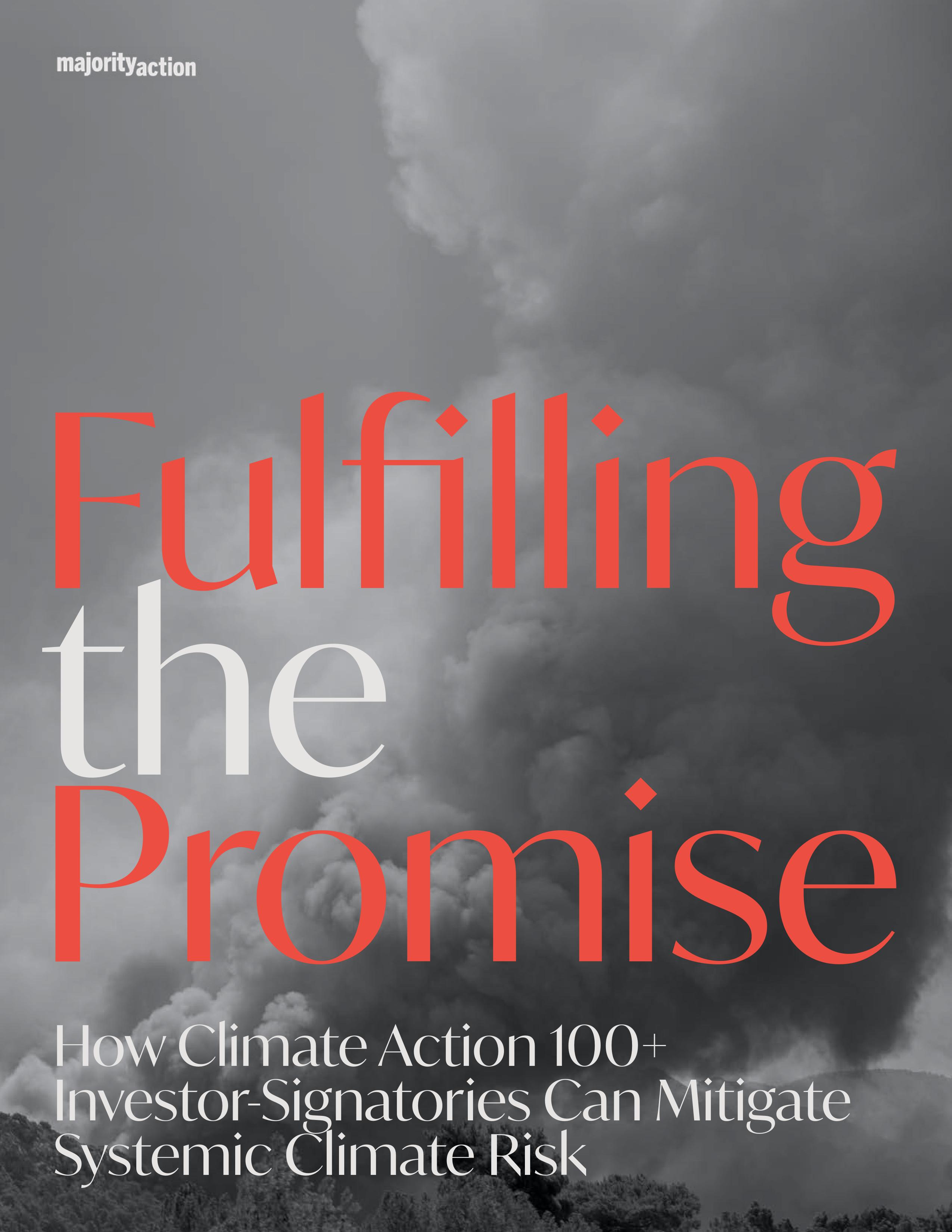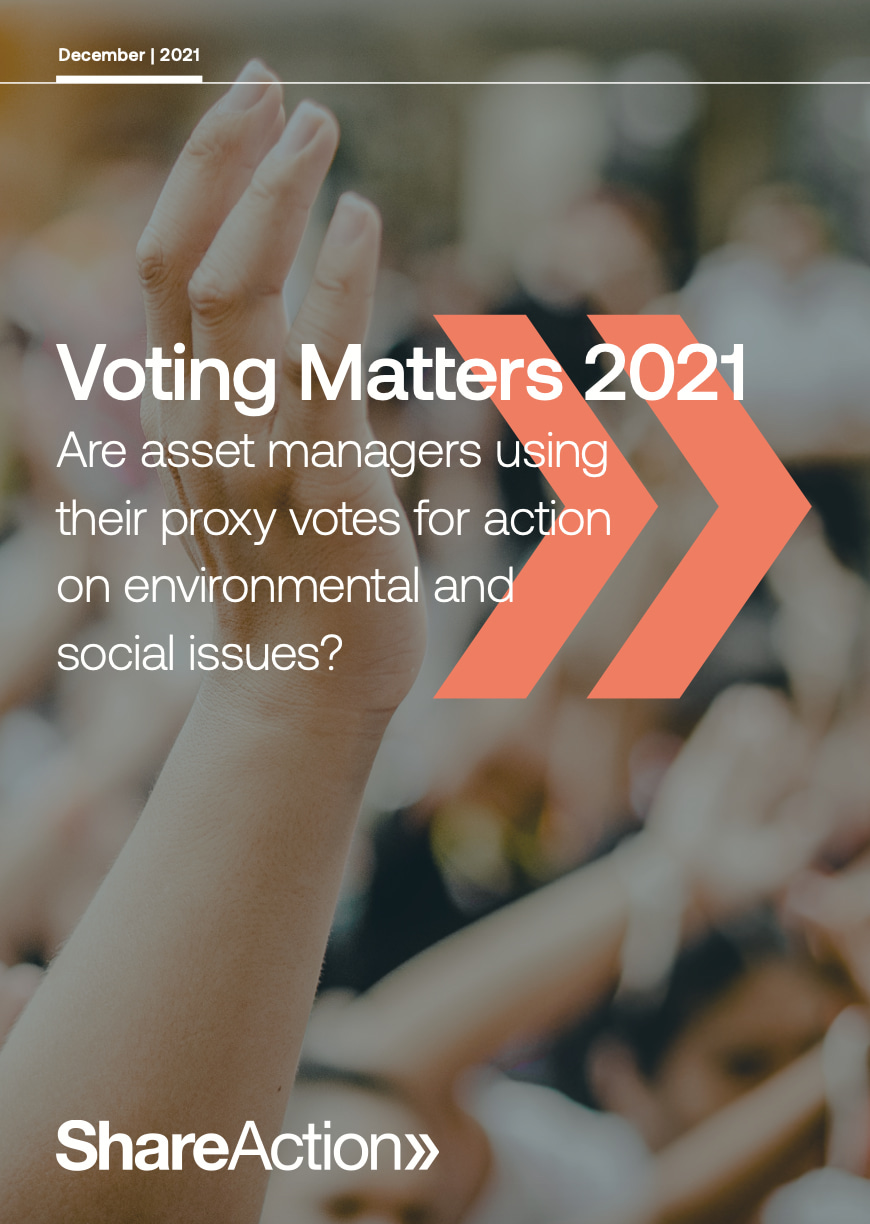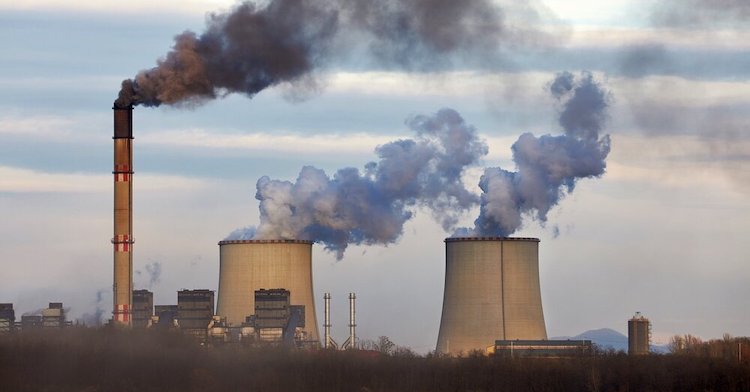It’s official: most of the world’s heaviest-emitting companies are not taking the short-term actions necessary to halt climate change. Says Climate Action 100+, backed by 700 institutional investors worth $68 trillion.
Climate Action 100+ finds that less than 12% of their 166 focus companies have adequate short-term emissions reduction targets or decarbonisation strategies. Just 7% have stopped lobbying against climate-positive laws and regulations. And none – 0% – have aligned their capital expenditure with a 1.5 degree future or produced financial statements that reflect relevant climate risks.
In other words the vast majority of these companies are failing to put their money where their mouth is. They are still pouring money into oil and gas against IEA net zero recommendations, and into industry associations like Eurogas and the American Petroleum Institute which are pushing politicians and regulators to keep us dependent on fossil fuels.
The companies span sectors including electric utilities, oil and gas, transport, chemicals, steel and consumer goods. Two thirds of them have set net zero 2050 goals, but these long-term aspirations are not driving short-term action. Today’s CA100+ press release comments that this mismatch between net zero commitments and current actions “is alarming”.
This is an implicit recognition that Climate Action 100+’s softly-softly approach over the last four years has largely failed in its mission “to ensure the world’s largest corporate greenhouse gas emitters take necessary action on climate change”. Agreeing to act in the 2040s means little in a context where global CO2 emissions rose by the largest ever amount in 2021. And the UN Secretary General just warned that “nearly half of humanity is living in the danger zone – now. Many ecosystems are at the point of no return – now”.
When the benchmark plan was unveiled to the world 18 months ago, Raj Thamotheram, a co-founder of the European arm of CA100+, warned that the initiative might fail to use its potential strength. In a letter to the Financial Times, Thamotheram called it “significant” that such a large investor group was demanding targets, but said:
Now we need to see action. The members of the Climate Action 100+ initiative which account for $47tn must show that they are not ‘“wielding their big stick like wet noodles’. This means supporting each other’s resolutions, and voting against directors who fail to act on climate risk, starting in 2021.
The benchmark results released today show that far too many CA100+ investors failed to use their votes effectively in 2021, and let most company boards get away with woefully insignificant targets and actions. 2021 saw some real leadership from several CA100+ investors, good collaboration with independent shareholder advocates, and AGM vote wins at leading oil companies and elsewhere. However several climate resolutions failed and far too many climate-incompetent directors remain safe in their seats, able to preside over a situation where today’s “CA100+ benchmark shows that no oil major comes close to Paris-alignment”, in the words of Follow This today.
In a recent report Majority Action found that:
- climate resolutions at Chevron, Dominion Energy, Duke Energy, and Caterpillar (all companies that underperformed on the Climate Action 100+ benchmarks) would have obtained majority shareholder support if large Climate Action 100+ investors hadn’t voted them down.
- 7 US companies that failed to achieve even partial compliance with benchmarks on setting a “net-zero ambition” and issuing TCFD-aligned emissions disclosures. Yet 20 of the largest Climate Action 100+ investors voted in favour of all directors at more than half of these companies at which they voted.
- 21 of the 75 largest Climate Action 100+ investors failed to even disclose their firm-level proxy votes in a way that would allow their performance to be analysed and evaluated.
The new benchmarks provide all the analysis necessary for investors to do better this AGM season, including by flagging more votes as priority. If large numbers of CA100+ investors don’t step up in the coming weeks and vote for urgent company actions, more questions will be asked about Climate Action 100+’s future after it ends its first five year mandate later this year. One question might be whether the initiative is doing more to allow many of its 700 investors to burnish their climate credentials than it is to enlist them in the fight to drive down greenhouse gas emissions.
Today ShareAction pointed to one way forward: “the ‘relaunch’ of CA100+ in 2023 provides a critical opportunity for a step-change in engagement by requiring signatories to commit to minimum escalation expectations” and to be transparent on engagements they are undertaking.
The benchmark data can be viewed here (via an overview presentation, company by company views, and a downloadable spreadsheet).
The Climate Votes website offers resources and briefings for the 2022 AGM season.









































































Share